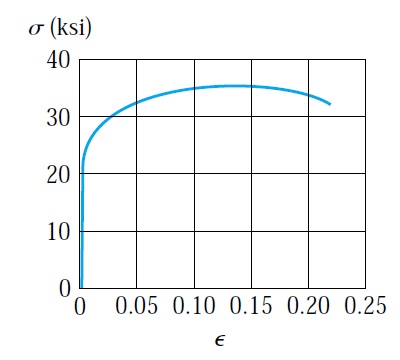AIR-ENTRAINING ADMIXTURES
Freezing environment posing a serious challenge for concrete structures. freezing and thawing cycle significantly reducing the durability of concrete. during winter and when the temperature goes down sharply. the water freeze inside void or capillary cavities of concrete. the volume of water increase to 9% after freezing. this will cause tensile stress in concrete and it will lead to cracks and disintegration of concrete sometimes.
The introducing of air-entrained admixture to concrete will significantly improve concrete durability in harsh environments. the air-entrained admixture generates millions of tiny bubbles that relieve the pressure resulted from water expansion after freezing. freezing water inside capillaries will expand and will be pushed to air entrainment pores under pressure. this process will prevent the formation of harmful pressure.
the increasing of air-entrained volume decreasing the strength of concrete. a decrease of 5% in concrete strength expected for 1% of air-entrained. therefore, the volume of air-entrained should be controlled and monitored. another consideration is the spacing. spacing is defined as the maximum distance needed by water to reach the void reservoir to release the harmful pressure. according to ASTM C457 spacing factor should not be greater than 0.2 mm(0.008in).
The introducing of air-entrained admixture to concrete will significantly improve concrete durability in harsh environments. the air-entrained admixture generates millions of tiny bubbles that relieve the pressure resulted from water expansion after freezing. freezing water inside capillaries will expand and will be pushed to air entrainment pores under pressure. this process will prevent the formation of harmful pressure.
the air-entrained created by adding liquid admixtures manufactured for this purpose to the concrete mix. the required air-entrained volume will vary according to the severity of environmental conditions and aggregate size. for example
Aggregate size sever expouser moderate expouser
9.50mm(3/8in) 7.50% 6.00%
25mm (1 in) 6.00% 4.50%
the increasing of air-entrained volume decreasing the strength of concrete. a decrease of 5% in concrete strength expected for 1% of air-entrained. therefore, the volume of air-entrained should be controlled and monitored. another consideration is the spacing. spacing is defined as the maximum distance needed by water to reach the void reservoir to release the harmful pressure. according to ASTM C457 spacing factor should not be greater than 0.2 mm(0.008in).
The air-entrained bubbles increasing concrete cohesiveness and reducing concrete bleeding and segregation. another merit of using air-entrained admixture is enhancing concrete workability. the presence of millions of air-entrained voids will ease the relative movement of the aggregate particle. an approximate increase of slump from 20 mm to 50 mm for air-entrained concrete VS similar concrete mix with no air-entrained voids.
It might be logical to expect an increase in concrete permeability because the air-entrained concrete is more porous than plain concrete but it is not necessary for air-entrained levels required to satisfactory frost protection. maintaining concrete permeability related to two reasons. the first reason: using air-entrained admixture will increase concrete workability, therefore, reducing W/C ratio and reducing of capillary pores. second reason: the air voids acting as impermeable open pores blocking capillary structure, therefore, ingress and fill these pores with water occurred at a very slow rate under normal conditions. therefore it doesn't participate in capillary action of transferring liquid water in concrete.

















Comments
Post a Comment